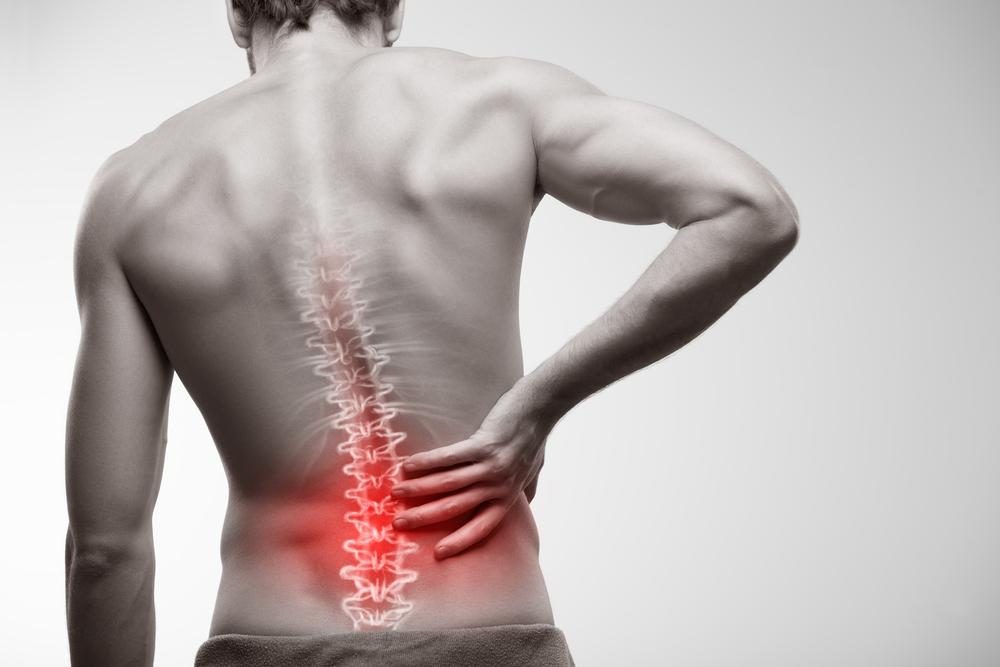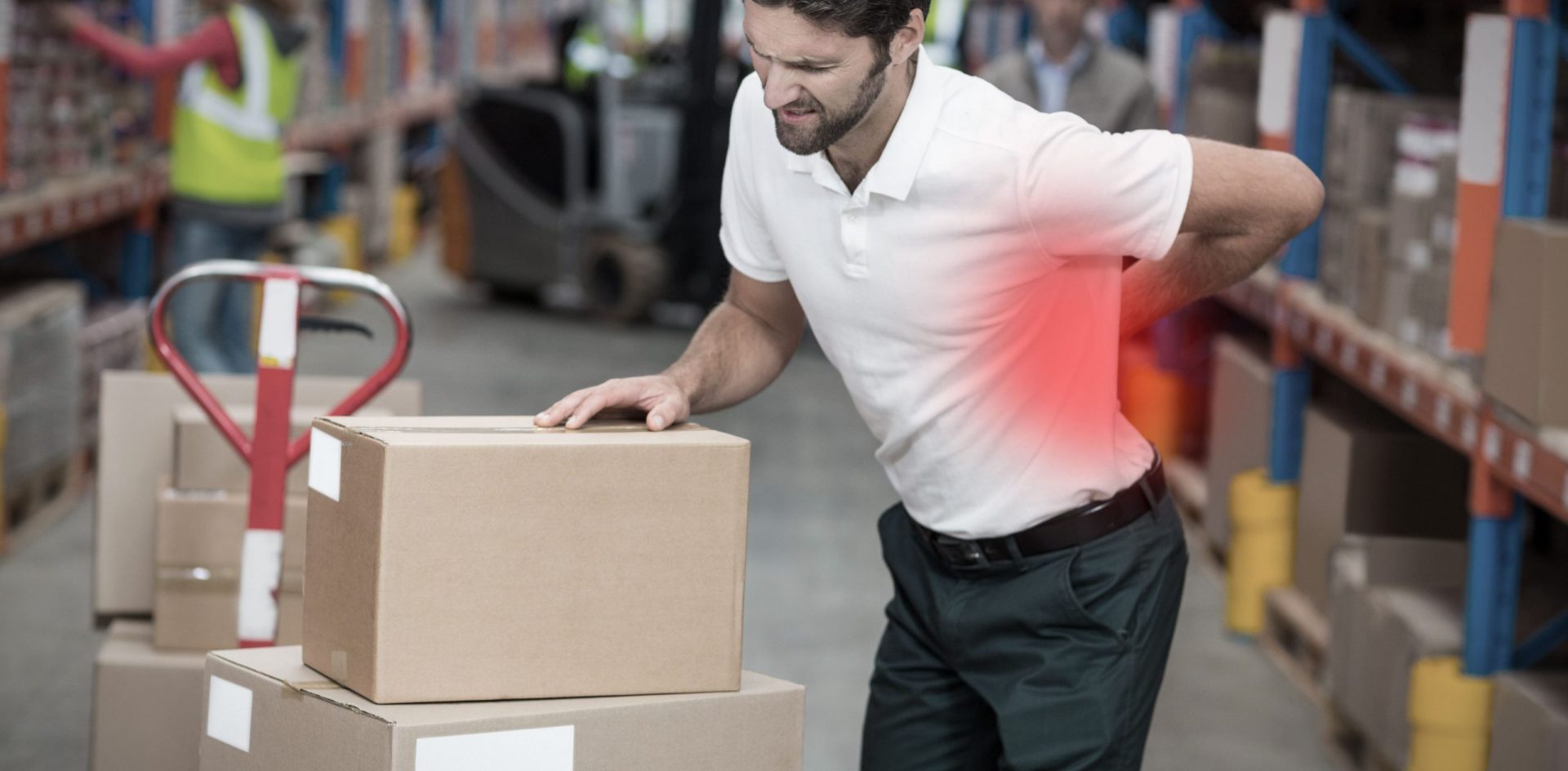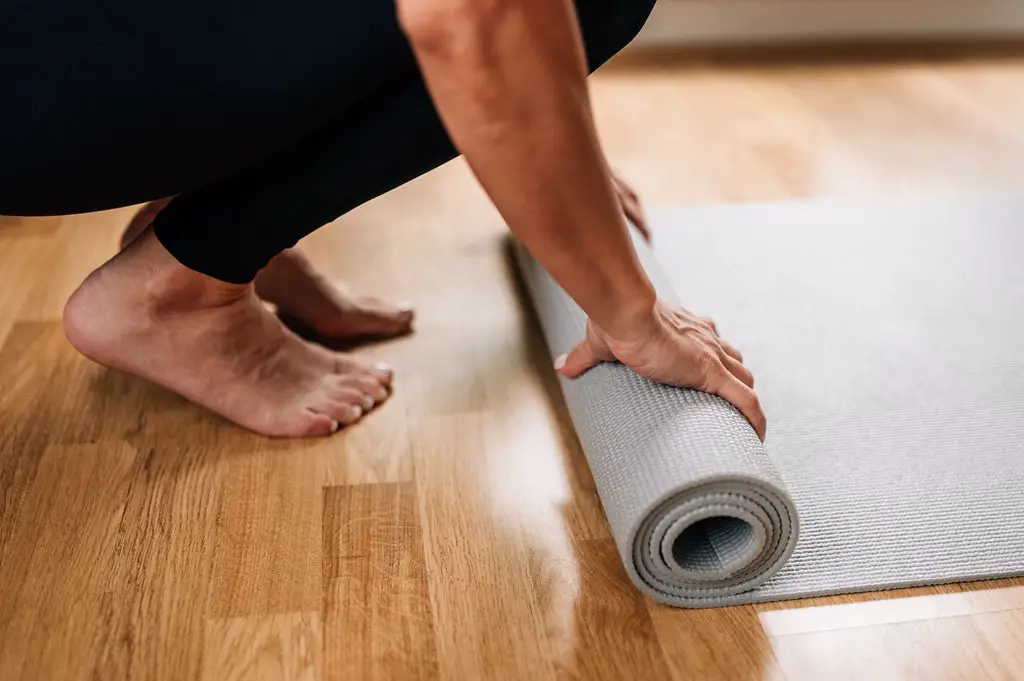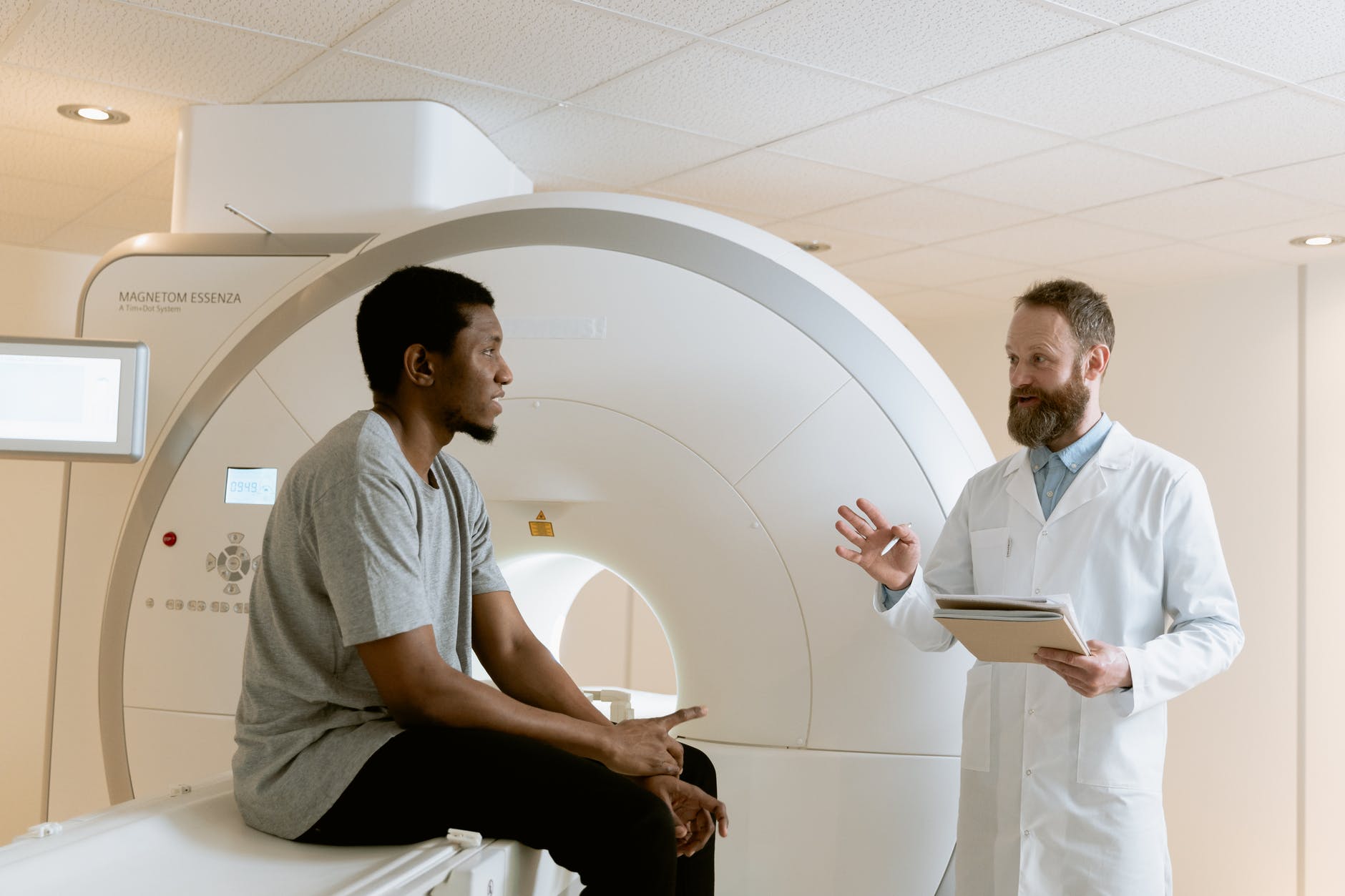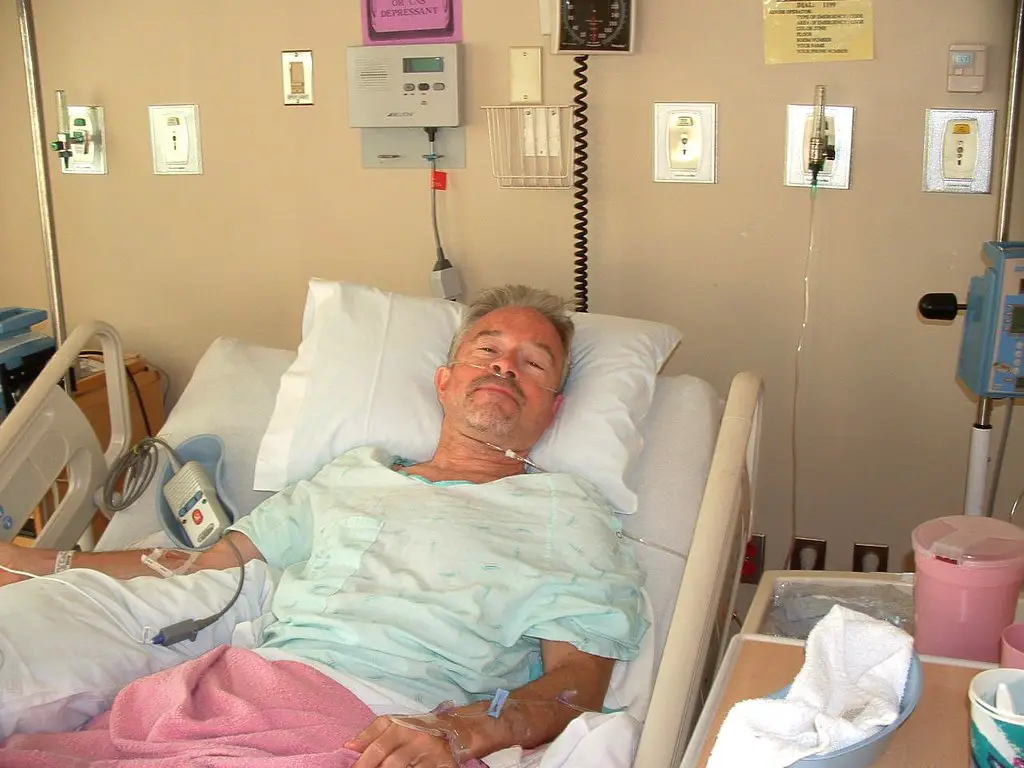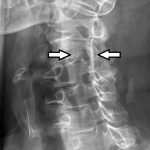La stenosis lumbar is a condition where the lumbar canal, a part of the spine, shrinks itself. This can cause lower back pain, weakness, paresthesias, and other symptoms.
Obviously, many people wonder if they will be able to continue working in the presence of lumbar stenosis, especially if their condition leaves them with physical sequelae. In this article, we will discuss lumbar spinal stenosis and its professional repercussions (disability, work stoppage, occupational disease, etc.).
Spine anatomy lumbar (short reminder)
La lumbar spine is located in the lower back and consists of five vertebrae, which are the bones that make up the spine. The vertebrae are stacked on top of each other and are separated by intervertebral discs.
These discs serve as shock absorbers for the spine and allow the vertebrae to move freely. The vertebrae are interconnected by facet joints, which allow slight movement between them.
La spinal cord crosses the center of the vertebrae and is protected by the spine. The spinal cord carries nerve impulses between the brain and the rest of the body.
The column lumbar is responsible for supporting most of the body weight and supporting lower body movement. It is also vulnerable to injury due to its location and function.
Definition of stenosis lumbar (also called channel lumbar narrow)
La lumbar stenosis is a medical condition that results in a narrowing of the spinal canal in the lower back. This can cause compression of the nerves that run through your lower back to your legs, causing pain.
To know everything about the spinal stenosis, see the following article.
Causes and symptoms of lumbar stenosis
La stenosis lumbar (lower back) is a condition that develops when the spinal canal narrows and puts pressure on the spinal cord and nerve roots.
This shrinkage can happen slowly over time, due to the aging process and degeneration of the spine.
La stenosis lumbar can also be caused by, among other things:
- A herniated disc
- Un spondylolisthesis
- Lumbar osteoarthritis
- Paget's disease,
- spinal tumors
- Etc
The symptoms of stenosis lumbar include:
- Pain,
- numbness,
- Tingling or weakness in the legs and buttocks,
- Difficulty walking
- And loss of bowel or bladder control.
Can you work with lumbar stenosis?
First of all, you should know that the intensity of the symptoms that accompany lumbar stenosis is very variable. Indeed, there are even asymptomatic patients (who feel no pain despite the stenosis)! On the other hand, other patients suffer from moderate to severe pain, while some cases are accompanied by disability and disability , which is important.
The healthcare professional proposes a decision regarding labor, based on the patient's symptoms and prognosis, as well as the importance of the gene that these cause.
It may require a simple break of a few days and sessions of re-education as well as physiotherapy if the pain is acute and responsive to treatment. If, on the contrary, it is chronic and persistent (chronic low back pain), restrictions can be proposed, so that the patient continues to work without any risk to his health.
For example, we can limit the time of the sitting of the patient, as well as all postures likely to accentuate the pain, offer him an ergonomic seat to keep him comfortable, prohibit him from raise heavy loads or limit the weight of the loads it can carry, etc.
If there is a disability and impairment functional important, the doctor can unfortunately ask for the definitive cessation of work.
Lumbar stenosis, recognized as an occupational disease?
What is occupational disease?
An occupational disease is a disease caused by the conditions of the patient's occupation.. It can, for example, occur after direct exposure to substances harmful to health, or result from certain physical conditions, such as carrying heavy loads.
In France, all occupational diseases are mentioned in the tables of the general and agricultural social security system.
Lumbar stenosis and disability: when is lumbar stenosis recognized as an occupational disease?
For the lumbar condition to be recognized as an occupational disease, it must meet the following criteria:
- She must be related to a herniated disc causing a sciatica or an radiculalgia cruel ;
- The patient must have a job where he carries heavy loads, or a job thatexposes to vibrations that can be transmitted to the whole body, such as driving heavy vehicles;
- If sciatica is present, it must result from a herniation between the L4 and L5, or L5 and S1 vertebrae, as for crural radiculalgia, it must result a hernia between the L2 and L3, L3 and L4 or L4 and L5 vertebrae ;
- the duration of the pain must be more than 3 months (Chronic Pain);
- the existence of proof radiological hernia (if present);
- the duration of exposure to the risk must be at least 5 years (the patient has been practicing his profession for at least 5 years), knowing that an exposure period of 5 years corresponds to treatment for 6 months.
Disability rating for spinal stenosis
Le disability rate for spinal stenosis may vary depending on the extent and severity of symptoms, as well as the impact of the condition on the ability to perform daily and occupational activities.
The evaluation of disability rate is usually performed by a physician specializing in physical medicine and rehabilitation (such as an orthopaedist, rheumatologist, etc.).
This evaluation takes into account the patient's symptoms, functional limitations and medical history, as well as the results of clinical and radiological examinations.
Le disability rate is expressed as a percentage, ranging from 0% (no disability) to 100% (total disability).
Le spinal stenosis disability rate depends on the patient's functional disability, which may include difficulty standing, limitation of mobility in the lumbar spine, pain and stiffness.
In some cases, the condition may lead to permanent disability, requiring help and assistance with activities of daily living. In these cases, the disability rate may be high, but this will depend on each individual case.
It is essential to consult a doctor to determine the level of disability.


